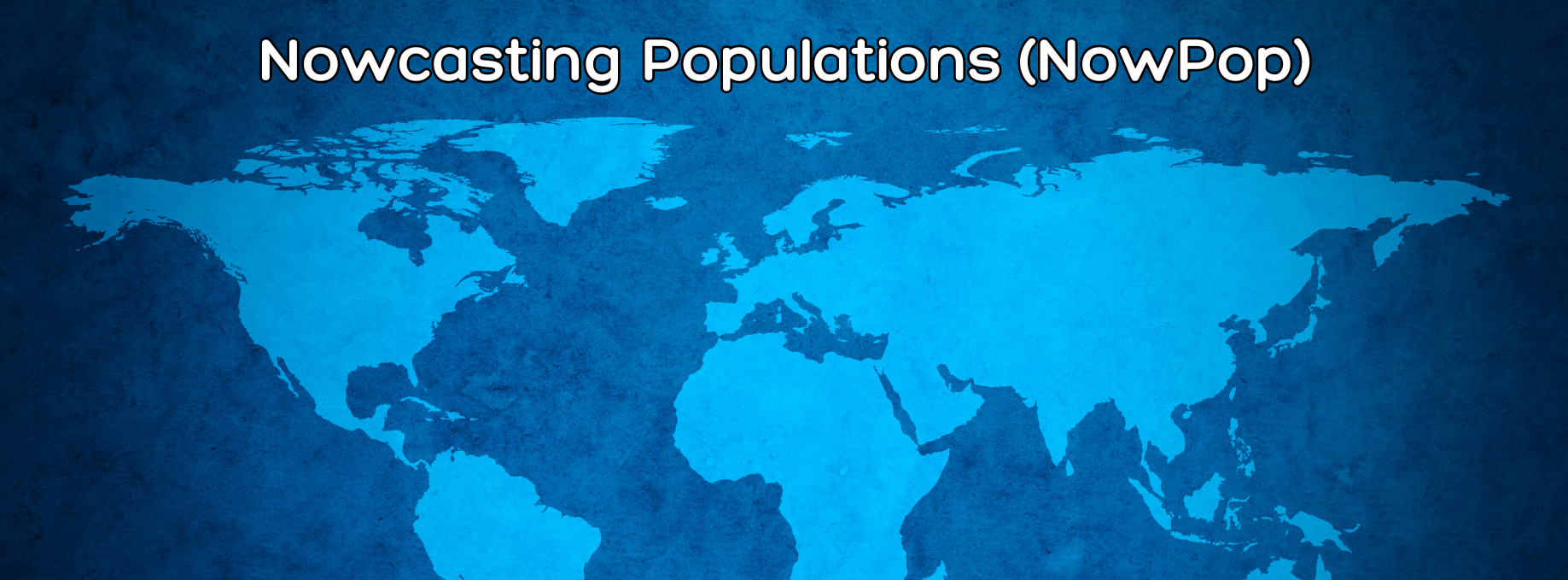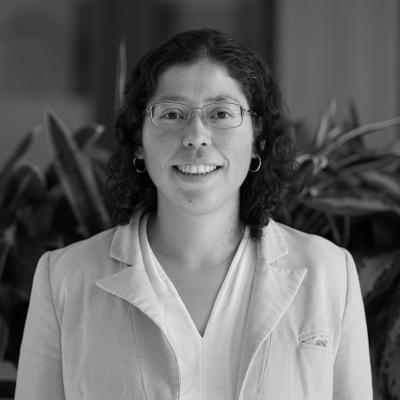This project expands on the Centre’s ongoing work to monitor population displacement in Ukraine since Russia’s full scale invasion of the country at the start of 2022. The project team developed an innovative approach that repurposed targeted advertising tools on social media to help deliver targeted humanitarian aid inside Ukraine. The approach combined daily counts of active social media users with counts of international border crossings and pre-conflict baseline population data to monitor population displacement in near real-time across Ukrainian Oblasts for men and women of different ages.
The NowPop project continues to use social media activity to monitor population displacement in Ukraine, and has expanded this work to study intentions to leave Russia due to the war. The project team are also supporting the United Nations and Humanitarian Country Team’s response to the ongoing conflict in Gaza. A new website and dashboard are being developed to allow humanitarian partners and the public to explore daily population estimates from the NowPop Project in Ukraine and beyond.
Project lead Dr Douglas Leasure, Senior Researcher and Data Scientist at the Leverhulme Centre for Demographic Science and Demographic Science Unit, said, ‘We have shown that the digital footprints that we all leave behind as we use the internet and social media can be a powerful force for good, and our goal in the NowPop project is to drive innovation that is needed to unlock this potential for our humanitarian and government partners around the world.’
The team are currently developing new Bayesian statistical methods that can integrate a variety of data sources to improve nowcasting accuracy which can draw from multiple social media platforms simultaneously, humanitarian surveys and geospatial data such as remotely-sensed building damage and geolocated conflict events.
The NowPop project and the Centre continue to work with the United Nations, World Health Organization, International Organization for Migration, and other humanitarian groups to drive innovation that improves delivery of targeted humanitarian aid, and to open new opportunities for production of official population statistics in a variety of data-sparse settings.









